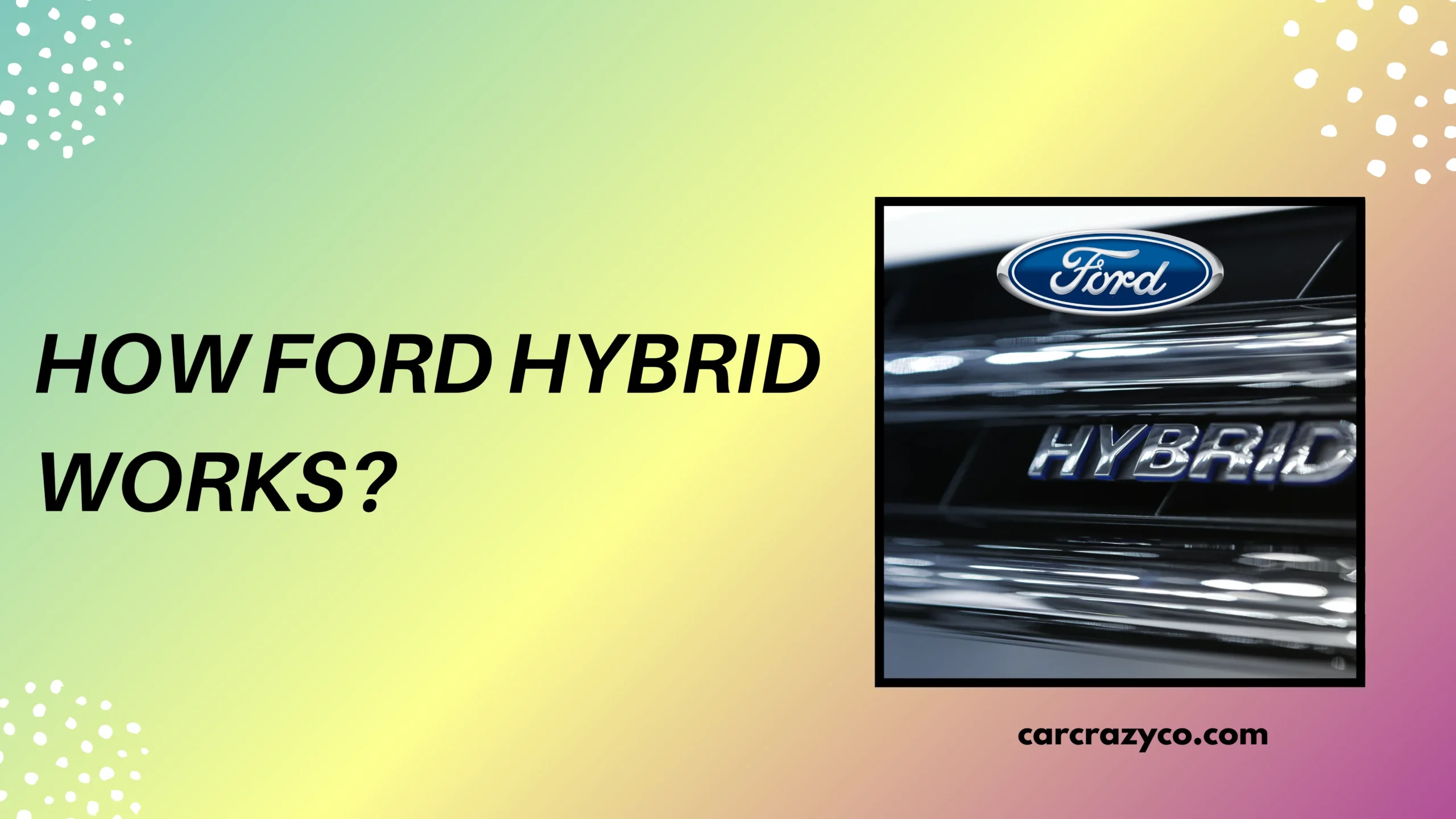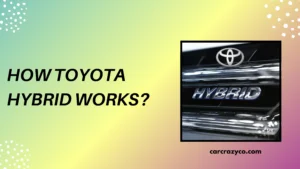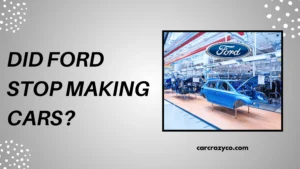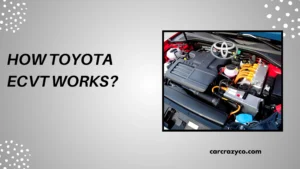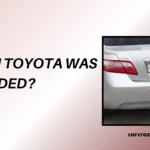In a world chasing cleaner air and lower fuel bills, Ford hybrids are leading a new kind of revolution. These vehicles don’t just drive—they think, adapt, and balance two power sources for maximum efficiency.
Understanding how a Ford hybrid works is more than just car talk—it’s a way to learn how technology and sustainability are coming together. It’s also about knowing what powers your vehicle and why it’s smarter than you think.
Whether you’re a car lover or just curious, this guide will open your eyes to the science, engineering, and eco-thinking behind Ford’s most versatile machines. Let’s dive into what makes these vehicles both efficient and innovative.
Step-by-Step Breakdown
1. What Is a Hybrid Vehicle?
A hybrid vehicle uses two power sources: a gasoline engine and an electric motor. These systems work either together or independently, depending on the driving situation.
This combination lets the car save fuel, reduce emissions, and still deliver strong performance. The result is a vehicle that offers the best of both traditional and modern tech.
Ford hybrids are self-charging, meaning you don’t have to plug them in—they generate electricity on their own.
2. How the Battery and Motor Work
Ford hybrids use a high-voltage battery pack to power an electric motor. This motor provides power during low-speed driving, idling, or coasting.
When you’re driving slowly or stuck in traffic, the car can run on electricity alone, using zero gasoline. This helps lower fuel use and reduces pollution.
The battery gets its charge from regenerative braking, which captures energy when you slow down or stop.
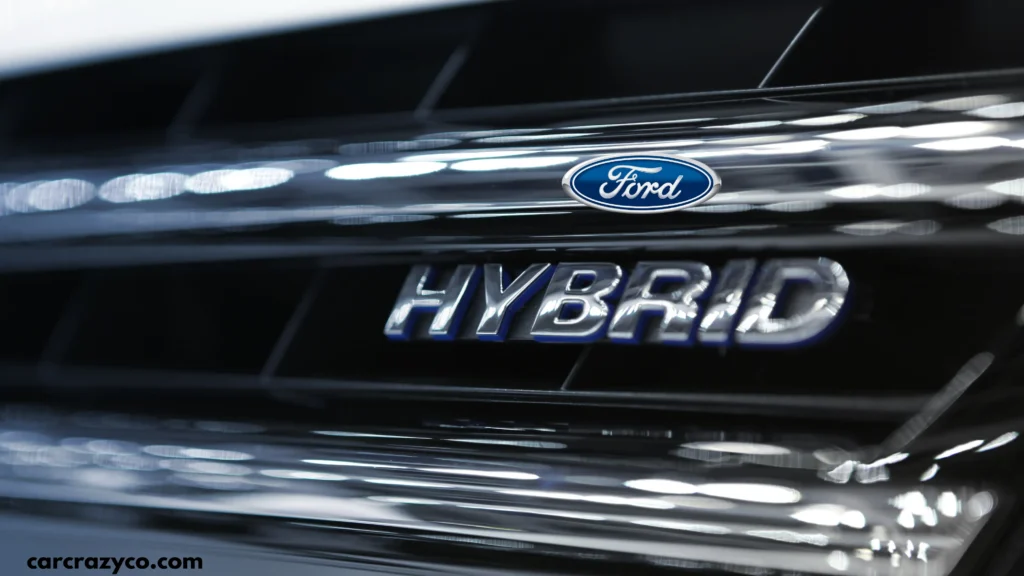
3. Switching Between Gas and Electric Power
Ford hybrids use an electronic control unit (ECU) that decides when to switch between electric power and the gas engine. It constantly monitors speed, load, and battery levels.
During acceleration or highway driving, the gas engine kicks in to provide extra power. When cruising or slowing, it goes back to electric or combines both.
This automatic switching makes Ford hybrids both smooth and fuel-efficient, without you having to think about it.
4. What Is Regenerative Braking?
Regenerative braking is a smart system that turns braking energy into electricity. When you press the brake, the electric motor runs in reverse to recharge the battery.
Instead of losing energy as heat, it gets recycled and stored in the battery pack. This adds to overall efficiency and extends the car’s electric driving range.
This means every stop helps power your next start—saving fuel and energy each time.
5. Ford Hybrid Models and Features
Ford offers hybrid versions of popular models like the Escape Hybrid, F-150 Hybrid, and Explorer Hybrid. These vehicles combine space, comfort, and power with excellent fuel economy.
Features include Eco Mode, smart displays, and real-time efficiency feedback to help drivers make better driving decisions. Many models also support tow packages, showing that hybrids can be strong too.
Whether you want a family SUV or a powerful truck, Ford has a hybrid model designed for your lifestyle.
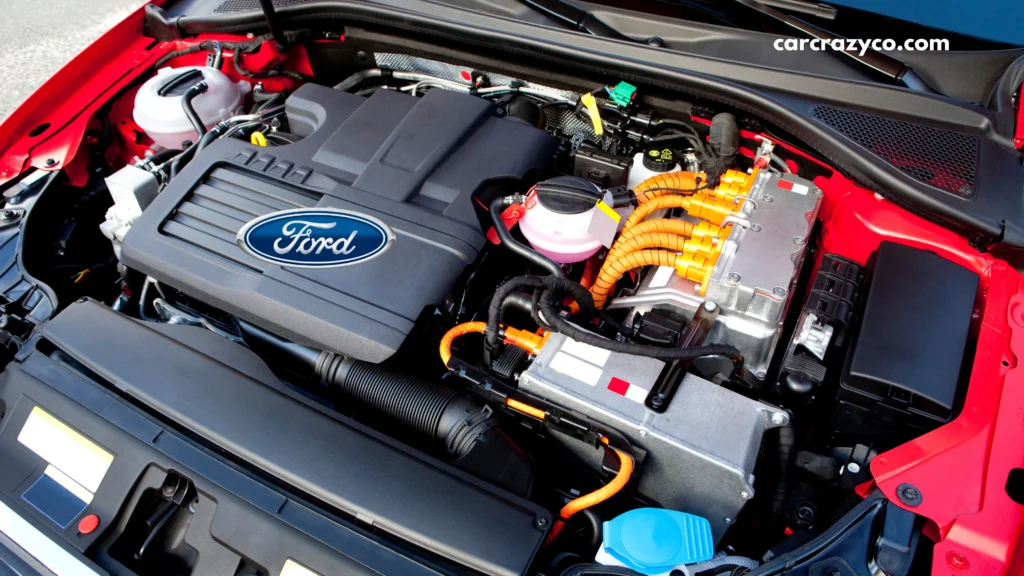
Conclusion:
Ford hybrids aren’t just about saving fuel—they represent the next step in automotive thinking. By blending electric and gas power, they bring smarter and cleaner mobility to more people.
They drive like regular cars but think like green machines, using complex systems to deliver real-world savings and performance. You’re not just driving—you’re helping drive change.
Choosing a Ford hybrid means saying yes to innovation, efficiency, and a cleaner tomorrow, without giving up the things you love in a vehicle today.
FAQs:
1. Do I have to charge a Ford hybrid?
No, Ford hybrids are self-charging through regenerative braking and the gas engine.
2. Can a Ford hybrid run on electricity alone?
Yes, during low-speed driving or idling, it can run solely on the electric motor.
3. What is the benefit of a hybrid over a gas car?
Hybrids use less fuel, produce fewer emissions, and often have lower running costs.
4. Does the hybrid system affect performance?
Not at all—Ford hybrids often have quick acceleration, smooth power, and can even tow.
5. How long do Ford hybrid batteries last?
Most batteries last 8–10 years and are backed by a warranty, making them reliable long-term.
6. Which Ford models come with a hybrid option?
Popular options include the Ford Escape Hybrid, F-150 Hybrid, Maverick, and Explorer Hybrid.

